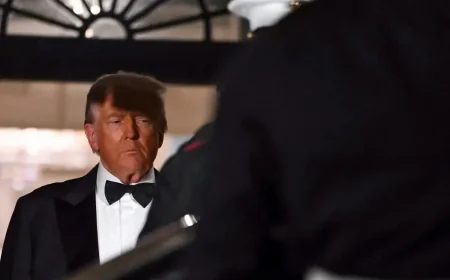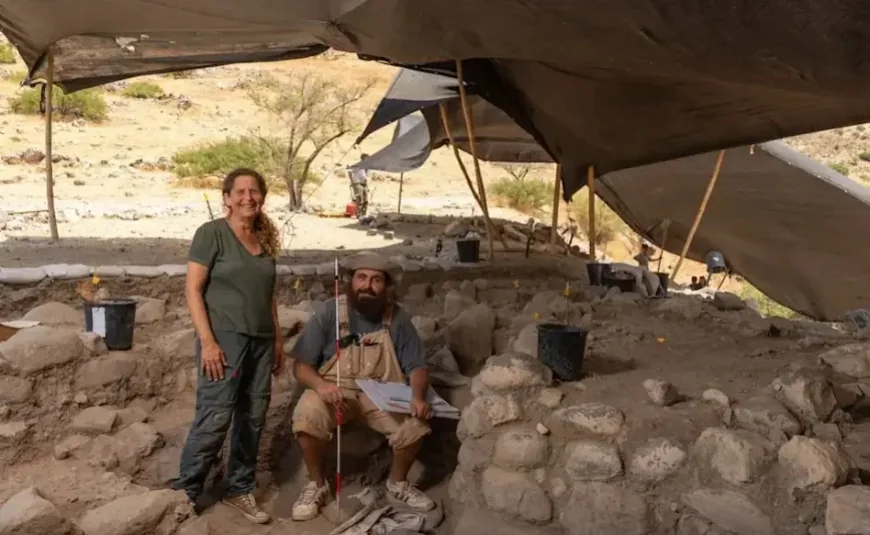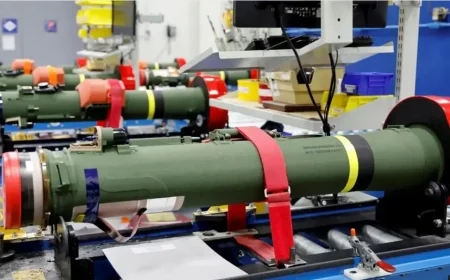World’s oldest sculpture of a human with an animal found
A 12,000-year-old figure of a woman with a goose draped over her back is the oldest human-animal sculpture ever found.
The tiny clay artwork, which is less than two inches tall, was discovered at a prehistoric Natufian village overlooking the Sea of Galilee in Israel.
It depicts a crouching woman who appears to be carrying a living goose on her back rather than a dead hunted animal.
In the Natufian culture, geese held both practical and symbolic importance, being both an important food source, and a provider of bones, feathers and talons for beads and adornments.
It is thought the Natufians believed that humans and animals were spiritually interconnected and the scene of the goose and the woman may represent their enmeshed lives, both domestically and symbolically.
The little sculpture was made as humans began transitioning from nomadic foragers to settled communities and appears to signal a turning point in artistic and spiritual expression.
“The figurine captures a transformative moment,” said Prof Leore Grosman of the Institute of Archaeology at the Hebrew University of Jerusalem.
“It bridges the world of mobile hunter-gatherers and that of the first settled communities, showing how imagination and symbolic thinking began to shape human culture.”
The earliest figurines ever found are around 40,000 years old, including the Venus of Hohle Fels found in Germany, which depicts a woman, and the Lowenmensch figurine, a lion-headed chimaera.Geese feature heavily in prehistoric artwork, from upper Paleolithic paintings at Cueva del Tajo de las Figuras in Spain and 4,2000-year-old rock art at Alta in Norway.
One of the most celebrated paintings of Ancient Egypt, the Meidum Geese, features the birds and dates to more than 4,600 years ago.
The new figure was found in a semicircular stone structure containing burials and ceremonial deposits at the Late Natufian settlement at Nahal Ein Gev II. It was a large, intensive village that was inhabited for several centuries.
Goose remains were also discovered at the site.
Microscopic and chemical analyses revealed red pigment residues (ocher) on both woman and goose, along with a preserved fingerprint probably left by a young adult, or adult female, artisan.
What's Your Reaction?
 Like
0
Like
0
 Dislike
0
Dislike
0
 Love
0
Love
0
 Funny
0
Funny
0
 Angry
0
Angry
0
 Sad
0
Sad
0
 Wow
0
Wow
0














































